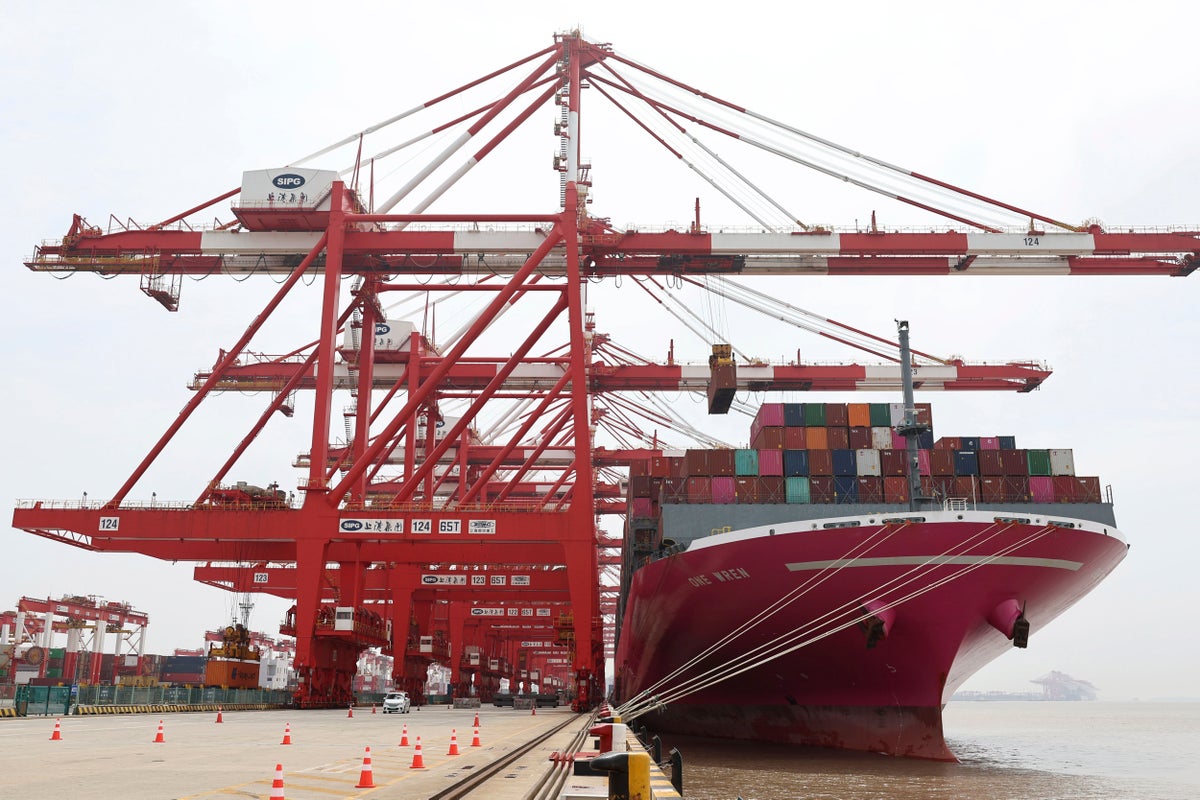
China’s trade growth rebounded in May after anti-virus restrictions that shut down Shanghai and other industrial centers began to ease.
Exports surged 16.9% over a year ago to $308.3 billion, up from April’s 3.7% growth, a customs agency statement said Thursday. Imports rose gained 4.1% to $229.5 billion, accelerating from the previous month’s 0.7%.
China’s trade has been dampened this year by weak global demand for its exports and curbs imposed to fight outbreaks in Shanghai, site of the world’s busiest port, and other cities. Consumer demand for imports was crushed by rules that confined millions of families to their homes.
Forecasters have cut estimates for China’s economic growth to as low as 2% this year due to the Shanghai shutdown, well below the ruling Communist Party’s target of 5.5%.
Most factories, shops and other businesses in Shanghai, Beijing and other cities have been allowed to reopen but are expected to need weeks or months to return to normal activity levels.
“Exports showed considerable resilience in May despite the impact of the protracted lockdown in Shanghai,” said Rajiv Biswas of S&P Global Market Intelligence in a report. “The outlook for the second half of 2022 is for a stronger rebound in imports as domestic demand recovers.”
China’s politically sensitive global trade surplus widened by 82.3% over a year earlier to $78.8 billion. That was among the highest monthly trade gaps but below December’s record $94.4 billion.
China’s “zero-COVID” strategy that confined Shanghai’s 25 million people to their homes starting in late March and suspended access or shut down businesses in other cities helped to keep case numbers low but disrupted manufacturing and trade.
The Port of Shanghai says the number of cargo containers handled each day returned 95% of normal by late May. However, business groups say a backlog of tens of thousands of containers is likely to cause delays that will be felt around the world.
Import figures got a boost from higher global prices for oil and other commodities while the volume of foreign goods bought by Chinese consumers and businesses grew less strongly.







